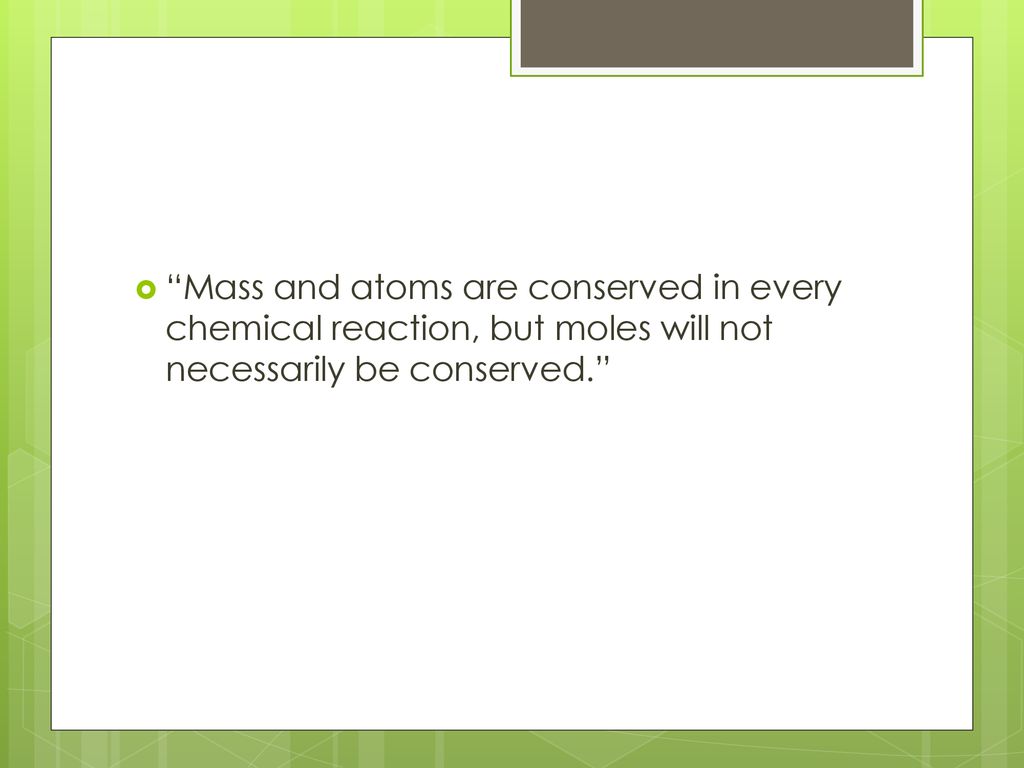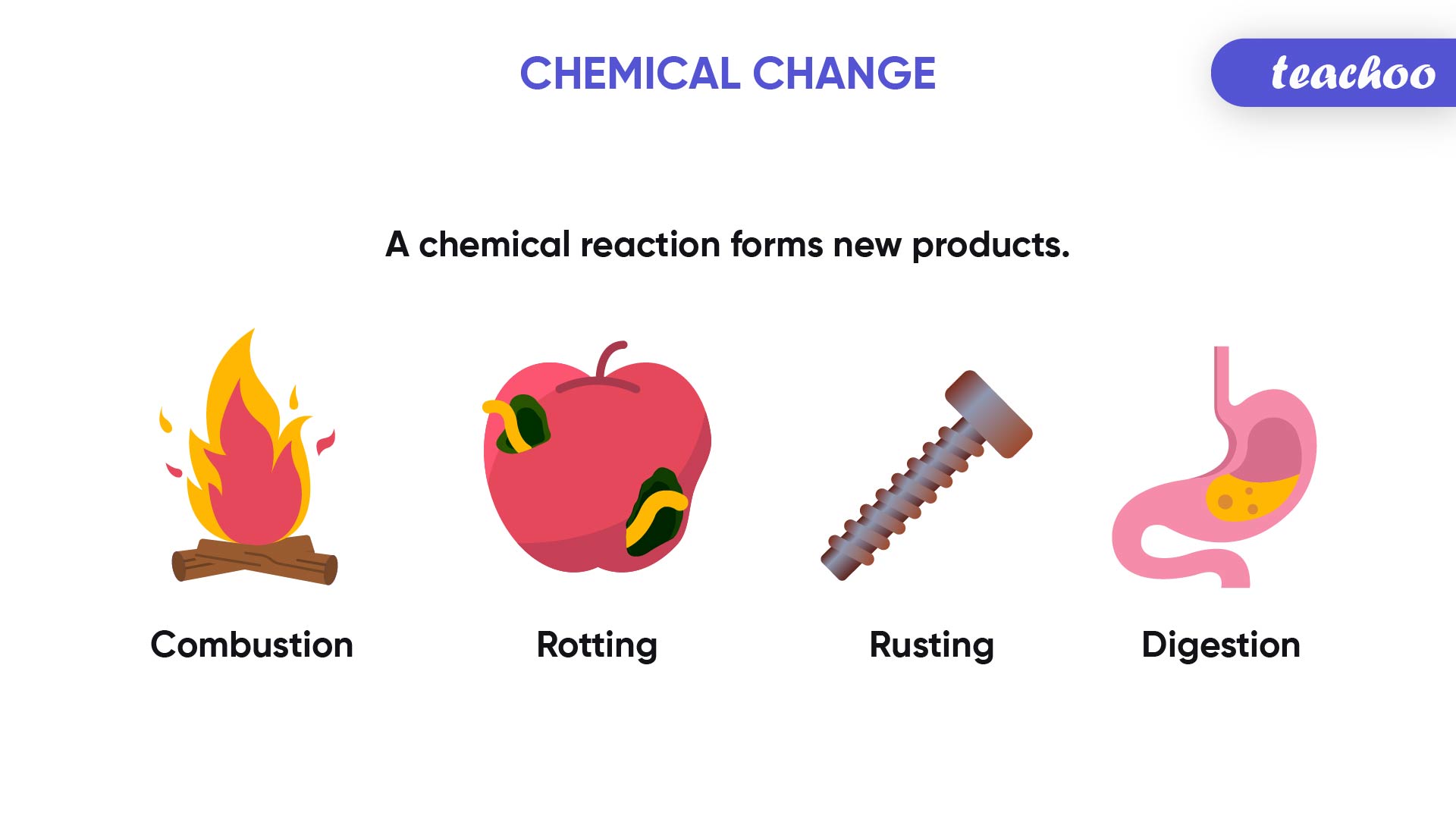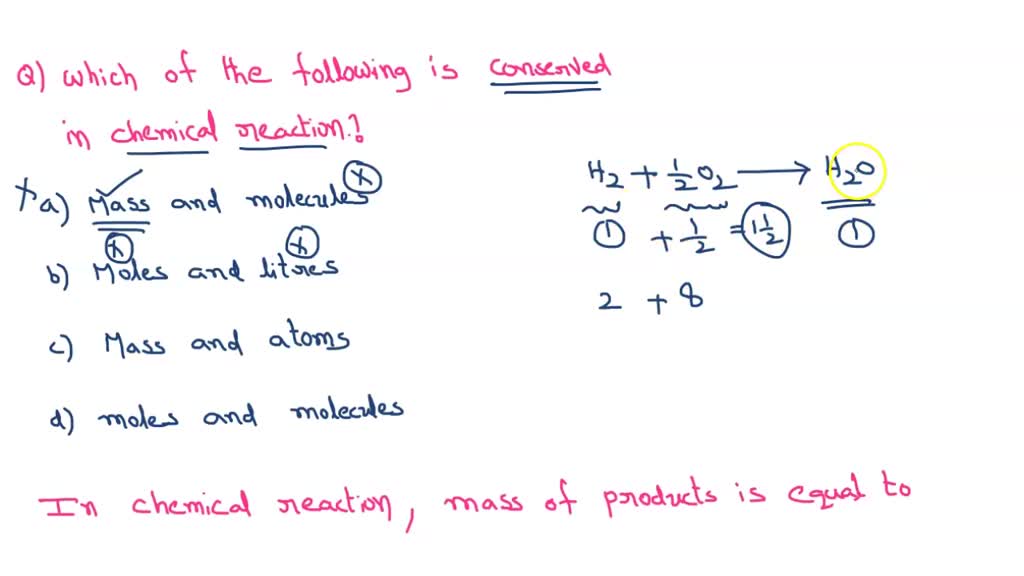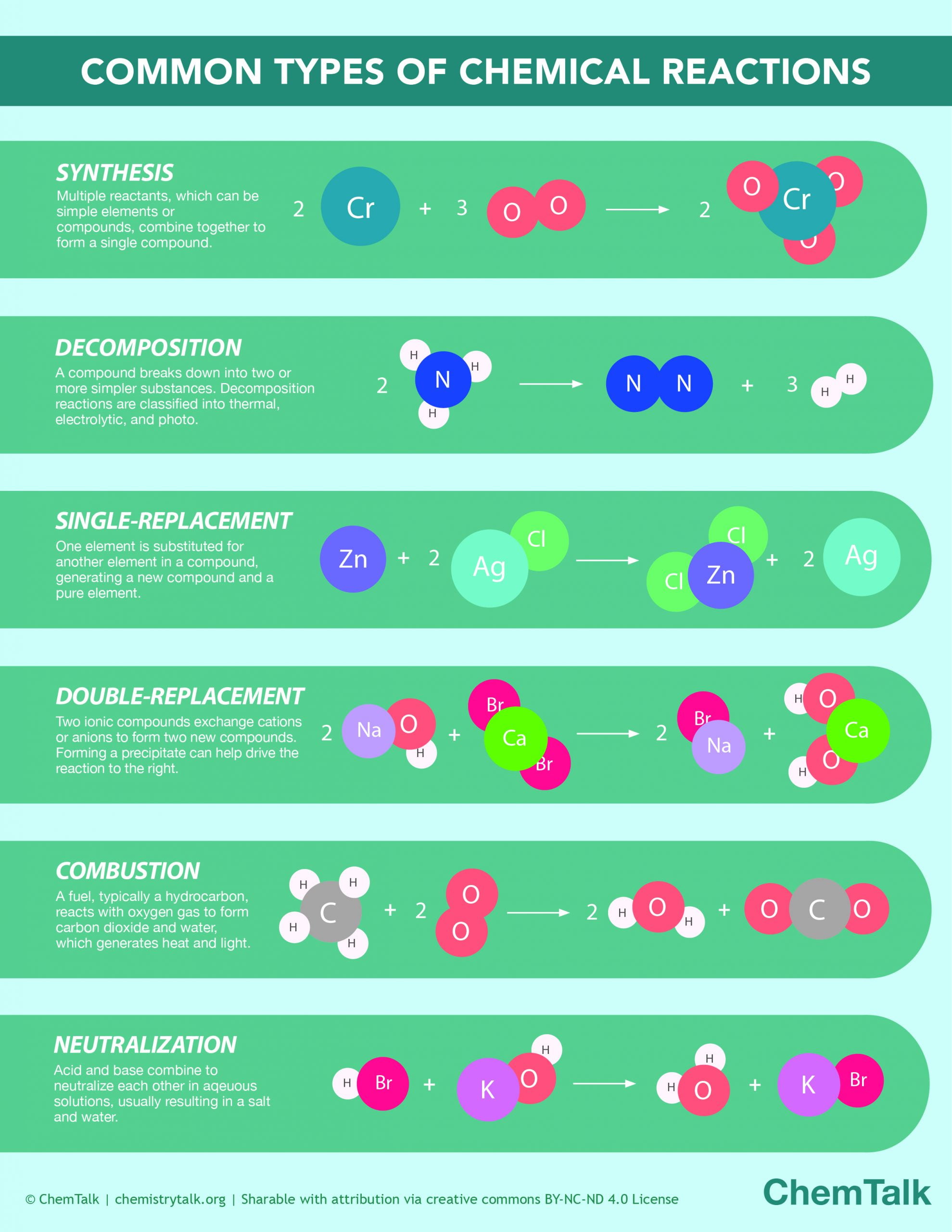In Every Chemical Reaction What Is Conserved
In Every Chemical Reaction What Is Conserved - Let’s analyze a few rows of the above table, beginning with row a. The law of conservation of matter says that in chemical reactions, the total mass of the products must equal the total mass of the reactants. Picture the reactants n 2 and h 2 as being the initial. The reactant that determines the amount of product that can be formed in a reaction. In every chemical reaction, the same mass of matter must end up in the products as started in the reactants. This is conserved in every ordinary chemical reaction.
Let’s analyze a few rows of the above table, beginning with row a. The law of conservation of matter says that in chemical reactions, the total mass of the products must equal the total mass of the reactants. The reactant that determines the amount of product that can be formed in a reaction. In every chemical reaction, the same mass of matter must end up in the products as started in the reactants. Picture the reactants n 2 and h 2 as being the initial. This is conserved in every ordinary chemical reaction.
In every chemical reaction, the same mass of matter must end up in the products as started in the reactants. The law of conservation of matter says that in chemical reactions, the total mass of the products must equal the total mass of the reactants. This is conserved in every ordinary chemical reaction. The reactant that determines the amount of product that can be formed in a reaction. Picture the reactants n 2 and h 2 as being the initial. Let’s analyze a few rows of the above table, beginning with row a.
Stoichiometry Chapter ppt download
The reactant that determines the amount of product that can be formed in a reaction. Let’s analyze a few rows of the above table, beginning with row a. This is conserved in every ordinary chemical reaction. Picture the reactants n 2 and h 2 as being the initial. The law of conservation of matter says that in chemical reactions, the.
Review When converting FROM moles you MULTIPLY. ppt download
This is conserved in every ordinary chemical reaction. The law of conservation of matter says that in chemical reactions, the total mass of the products must equal the total mass of the reactants. Let’s analyze a few rows of the above table, beginning with row a. Picture the reactants n 2 and h 2 as being the initial. In every.
Stoichiometry ICS III Week ppt download
The reactant that determines the amount of product that can be formed in a reaction. The law of conservation of matter says that in chemical reactions, the total mass of the products must equal the total mass of the reactants. In every chemical reaction, the same mass of matter must end up in the products as started in the reactants..
Stoichiometry moltomol ratios ppt download
This is conserved in every ordinary chemical reaction. Picture the reactants n 2 and h 2 as being the initial. The reactant that determines the amount of product that can be formed in a reaction. The law of conservation of matter says that in chemical reactions, the total mass of the products must equal the total mass of the reactants..
Chemical Reaction Definition, Types and Examples Class 10 Science
The reactant that determines the amount of product that can be formed in a reaction. This is conserved in every ordinary chemical reaction. Picture the reactants n 2 and h 2 as being the initial. Let’s analyze a few rows of the above table, beginning with row a. In every chemical reaction, the same mass of matter must end up.
SOLVED Which of the following are CONSERVED in every chemical reaction
In every chemical reaction, the same mass of matter must end up in the products as started in the reactants. Picture the reactants n 2 and h 2 as being the initial. This is conserved in every ordinary chemical reaction. The reactant that determines the amount of product that can be formed in a reaction. The law of conservation of.
Stoichiometry Notes. In every chemical reaction, the mass and number of
This is conserved in every ordinary chemical reaction. The law of conservation of matter says that in chemical reactions, the total mass of the products must equal the total mass of the reactants. Picture the reactants n 2 and h 2 as being the initial. In every chemical reaction, the same mass of matter must end up in the products.
Drill What is a chemical reaction What is
Picture the reactants n 2 and h 2 as being the initial. The law of conservation of matter says that in chemical reactions, the total mass of the products must equal the total mass of the reactants. Let’s analyze a few rows of the above table, beginning with row a. In every chemical reaction, the same mass of matter must.
Chemical Reactions Infographic ChemTalk
In every chemical reaction, the same mass of matter must end up in the products as started in the reactants. Let’s analyze a few rows of the above table, beginning with row a. This is conserved in every ordinary chemical reaction. The reactant that determines the amount of product that can be formed in a reaction. The law of conservation.
What Is Conserved in Chemical Reactions? Sciencing
Picture the reactants n 2 and h 2 as being the initial. Let’s analyze a few rows of the above table, beginning with row a. In every chemical reaction, the same mass of matter must end up in the products as started in the reactants. The law of conservation of matter says that in chemical reactions, the total mass of.
Picture The Reactants N 2 And H 2 As Being The Initial.
In every chemical reaction, the same mass of matter must end up in the products as started in the reactants. The law of conservation of matter says that in chemical reactions, the total mass of the products must equal the total mass of the reactants. This is conserved in every ordinary chemical reaction. Let’s analyze a few rows of the above table, beginning with row a.









